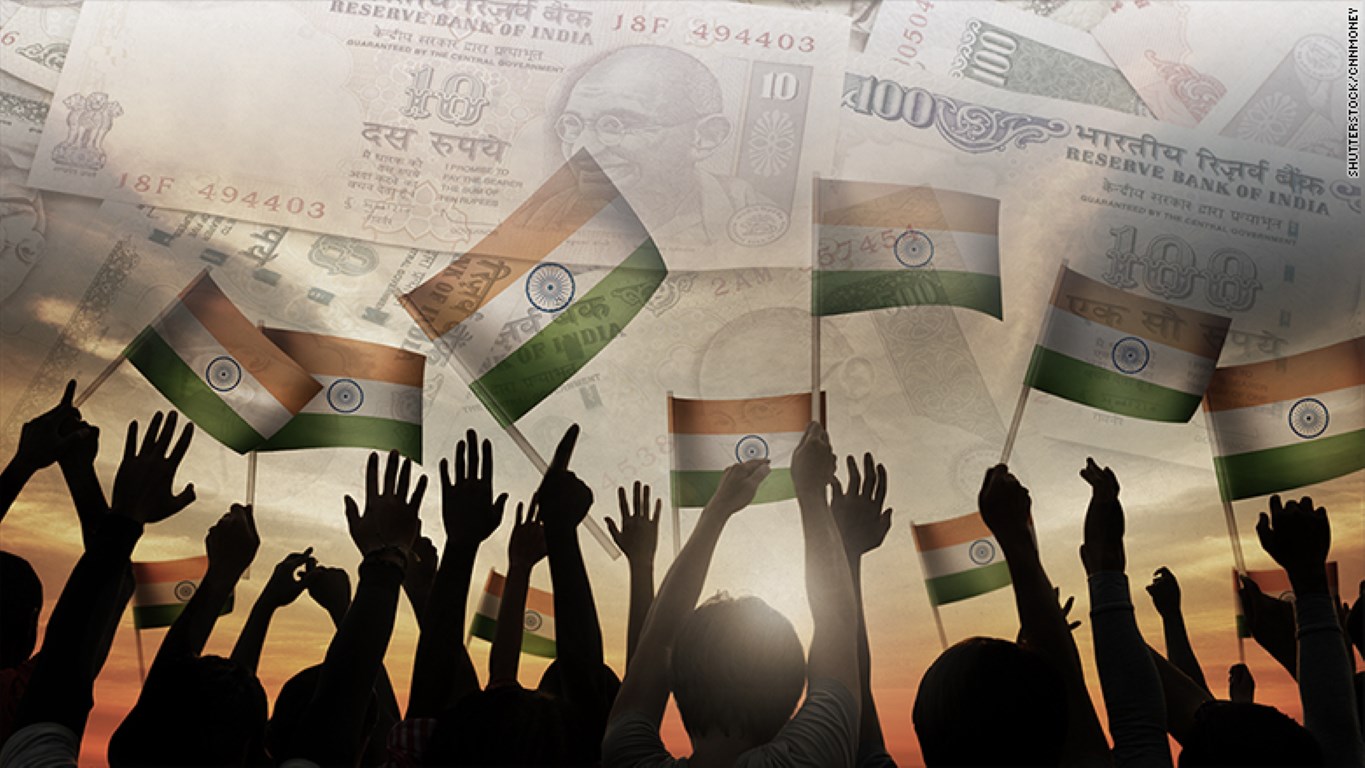The fate of Indian economy
March 20, 2018 | Expert Insights

Finance giant Goldman and Sachs has downgraded its Indian economic growth forecasts from 8% to 7.6% for the financial year 2018-2019. The company has noted that this was largely to the ongoing scandal surrounding the Punjab National Bank.
Background
Nirav Modi founded Firestar (Formerly known as Firestone), a diamond sourcing and trading company. In 2008, after discovering an aptitude for designing diamond jewellery, he started his own jewellery house. The brand Nirav Modi has stores not only in India but also across the world including New York and Hong Kong. On February 2018, Punjab National Bank (PNB) filed a complaint with the Central Bureau of Investigation (CBI), alleging that Modi along with his family members had perpetuated a massive scam through a number of companies owned by the family. His maternal uncle Mehul Chinubhai Choksi and some of his family members have also been implicated in the case. The fraud is close to nearly a third of PNB’s market value. It is also 50 times the profit the bank made in 2017. After the news of the scam surfaced, PNB shares fell by more than 10%. PNB MD Sunil Mehta said that the scam was isolated to a “standalone incident in a single branch.” “The fraud was detected in the third week of January and a case was filed with CBI on January 30,” he said.
Indian economy
India’s economy can be described as a developing economy. It is the world's seventh-largest economy by nominal Gross Domestic Product. It is also the third largest economy in terms of Purchasing Power Parity (PPP). However, it ranks at 141 in per capita GDP (nominal). The prognosis for the Indian economy in 2017 has been less than stellar. The Asian Development Bank (ADB) has lowered India’s GDP growth forecast for the current fiscal to 7%. It had earlier estimated India’s growth rate would be 7.4% in July 2017.
Analysis
Goldman Sachs Group, Inc, a multinational finance company has downgraded India's economic forecasts. It had initially projected India’s growth to be at 8% for the financial year 2018-2019. In a note, the bank’s analysts have explained that the growth rate is now expected to be at a more modest 7.6%. The organization has cited the crisis around Punjab National Bank as the cause for the downgrade.
“Markets and investors are questioning whether the problem is more systemic,” Goldman analysts wrote in the note, referring to the PNB fraud, adding that markets feared the fraud would likely offset some of the positive effects of the bank recapitalization and hit overall credit, investment and GDP growth.
Ruchir Sharma, head of emerging markets and chief global strategist at Morgan Stanley Investment Management has also recently spoken about the Indian banking crisis. He said that this was happening because of too much regulation. During a recent event he noted, “Every country needs a public sector, but no country is as unbalanced as India. PSU banks hold 2/3rd of the assets, while private banks are involved in more transactions. This is choking the Indian banking sector. There is regulatory overkill in the Indian banking sector because private banks will keep lending, but central banks are still holding assets.”
He also added, “Nobody in the global economy is growing above 8%. We are the fastest growing economy. That’s a great marketing tag. But 8-10% growth is difficult because the global climate has changed. It’s unlikely for India to get there.”
The World Bank has also projected similar estimates. In its India Development Update report the organization stated, "The GDP growth is projected to reach 6.7% in 2017-18 and accelerate to 7.3% and 7.5% in 2018-19 and 2019-20 respectively."
Assessment
Our assessment is that documents from the RBI reveal that the perpetration of fraud within Indian banks is widespread and has to be addressed. Bad debts and Non-Performing Assets (NPAs) are also choking the lifeline of state banks in the country. It is imperative to crack down on NPAs as stressed assets will ultimately impact the nation’s economy.
Read more: Indian economy and beyond








Comments